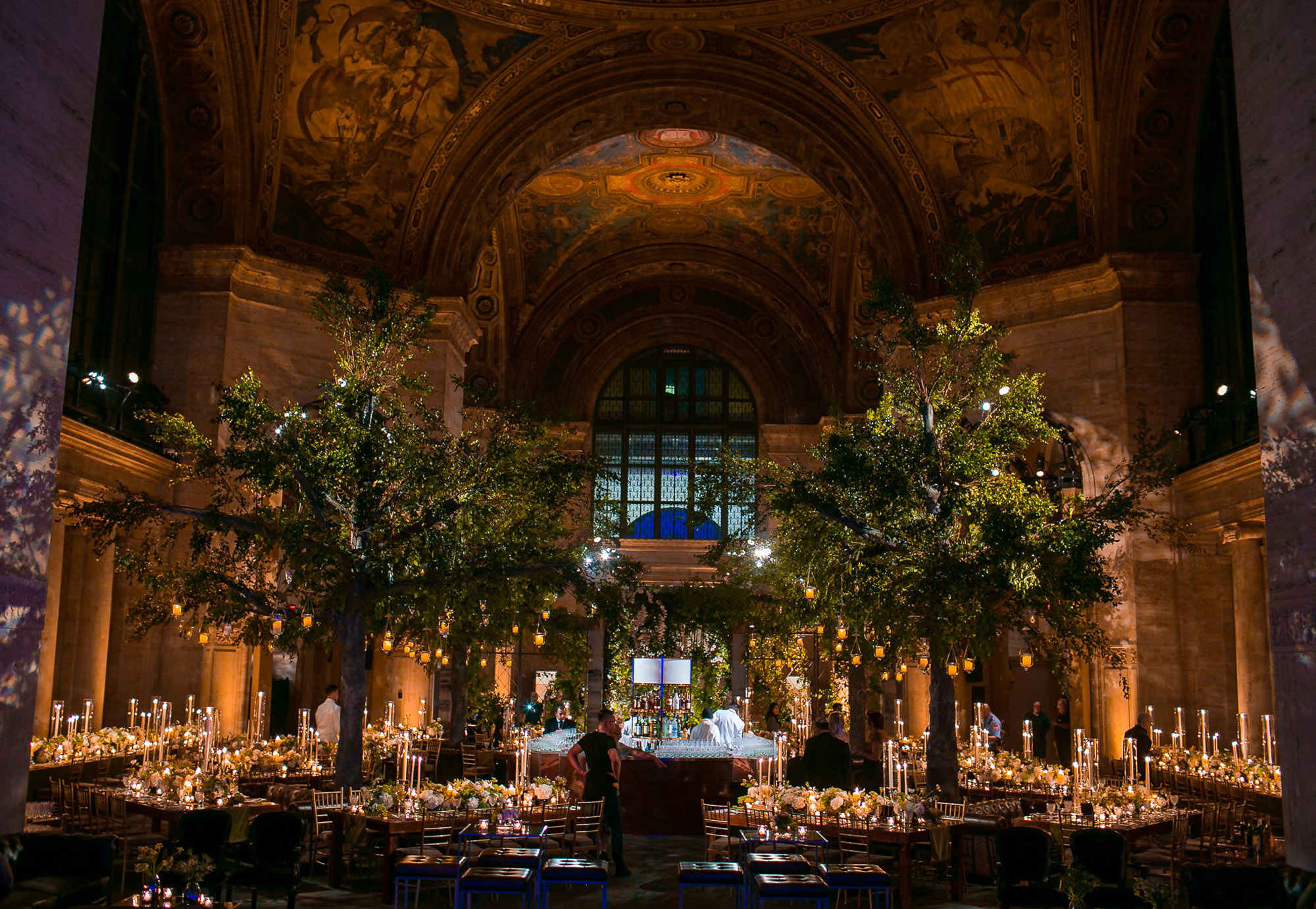Synchronizing Audio and Light to Elevate the Influence of NYC Performances
Wiki Article
Throughout New York City, productions such as theatrical performances, musical events, and other in-person spectacles generate a dynamic cultural scene that draws countless of audiences. One key component of making these performances unforgettable is the meticulous integration of sound and lighting. This fusion not only enriches the audience's experience but also helps convey feelings and messages that the artists intend to share. Grasping how sound and light interact can significantly boost the impact of any performance.

Sound serves a crucial function in setting the tone for any performance. It includes melody, speech, audio cues, and ambient noises that establish an auditory space for the viewers. Effective audio engineering ensures that each element is clear and well-mixed. For instance, in a musical theater performance, the singers' voices must be projected distinctly over the musical arrangement. This balance allows the audience to engage with the narrative being told while fully experiencing the musical score. Effective application of sound can evoke feelings of happiness, sadness, or tension, shaping the viewer’s emotional responses throughout the show.
Light also serves a vital part in theatrical performances. Lighting design assists in create mood and focus emphasis on specific sections of the stage. Various lighting techniques can change the perception of depth and time within a scene. For example, bright lights can invigorate a scene, while low lighting can create intimacy or mystery. By using hue and intensity in illumination, designers can also amplify the emotional tone of each scene. When see this here combined with sound, illumination brings dimension and richness to narrative, making it more captivating for viewers.
The coordination between sound and lighting designers is essential for delivering a seamless experience. These professionals must coordinate effectively to guarantee that their components complement one another. For instance, if a moment demands a dramatic reveal, both sound effects and lighting cues need to be perfectly synchronized. This synchronization produces a striking moment that grabs the viewer’s focus. The cooperation between these two teams highlights the importance of collaboration in creating impactful performances that connect with viewers.
In summary, blending sound and lighting is key for elevating the impact of live shows in NYC. Together, they craft an engaging experience that captivates audiences and deepens narrative delivery. As technology look at this now evolve, audio and illumination experts will have even more tools at their disposal to produce innovative productions. Appreciating this blend not only improves shows but also showcases the creativity involved in orchestrating live events. By understanding how these elements work together, audiences can gain a deeper insight of what goes into crafting lasting theatrical experiences.